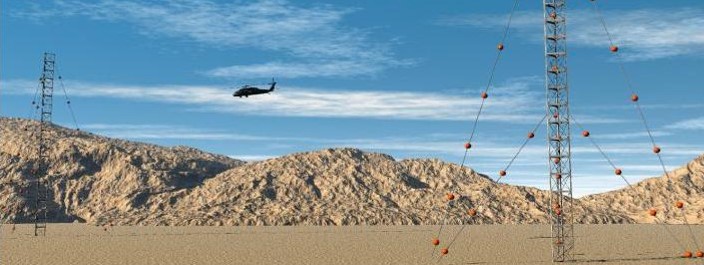- Home >
- Testing >
- Testing Services >
- Sensor Testing >
- Sensors
Sensors Tested At WSMR
White Sands Missile Range (WSMR) supports a large variety of Sensor Testing.
Sensors Tested at WSMR include the following:
Radar and Radio Frequency

A wide variety of air and ground targets allows the full range of target types, speeds and altitudes. Varied terrain allows target presentations under realistic scenarios. WSMR Optical capabilities allows determination of target mask/unmask.
A wide range of frequencies, normally not available at other ranges, is available at WSMR due to the size, restricted airspace, and isolation of WSMR. The DOD has never been turned down for needed frequencies at WSMR. WSMR does not lock-in customers to a standing RFA, we can work with nearly any frequency. Mountainous terrain means even higher transmitting power can be used, if required, especially with higher frequencies.
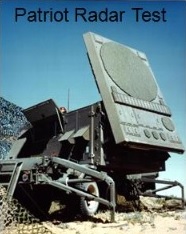
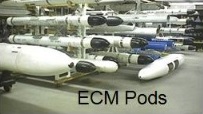 WSMR Electronic Warfare capabilities provide realistic threat countermeasure environments. The Army Research Lab Information and Electronic Protection Division at WSMR is the Army's lead organization for electronic warfare vulnerability.
WSMR Electronic Warfare capabilities provide realistic threat countermeasure environments. The Army Research Lab Information and Electronic Protection Division at WSMR is the Army's lead organization for electronic warfare vulnerability.
For radar- based sensors, use of Radar Cross Section measurement facilities such as National Radar Test Facility and Radar target scatter Advanced Measurements (RAMS) facility to help characterize sensor performance.
The Centers for Countermeasures Millimeter Wave ECM Threat Simulator (METS) and Millimeter Wave Laboratory (MMWL) at WSMR provide unique millimeter wave sensor test assets.
Lasers
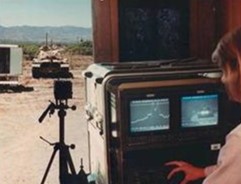
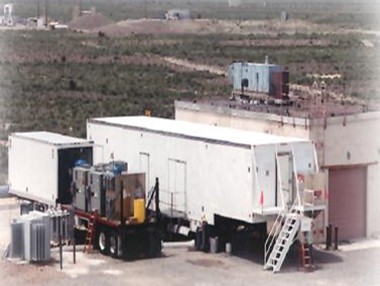 WSMR's large area permits use of ground and airborne laser designators and targeting systems. The WSMR-unique Pulsed Laser Vulnerability Test System (PLVTS) is a susceptibility and vulnerability test asset. The Center for Countermeasures (CCM), a WSMR tenant, provides a wide range of countermeasures and counter-countermeasures analysis, test and evaluation services. The CCM can also provide signature characterization of potential targets. WSMR Meteorological assets can characterize the atmospheric test environment. The Army Research Lab tenant organizations at WSMR can provide survivability, lethality, vulnerability and atmospheric effects services for sensor systems tests.
WSMR's large area permits use of ground and airborne laser designators and targeting systems. The WSMR-unique Pulsed Laser Vulnerability Test System (PLVTS) is a susceptibility and vulnerability test asset. The Center for Countermeasures (CCM), a WSMR tenant, provides a wide range of countermeasures and counter-countermeasures analysis, test and evaluation services. The CCM can also provide signature characterization of potential targets. WSMR Meteorological assets can characterize the atmospheric test environment. The Army Research Lab tenant organizations at WSMR can provide survivability, lethality, vulnerability and atmospheric effects services for sensor systems tests.
Optical, Electro-Optical, and Infrared
The WSMR clear, dry weather provides an excellent test environment for optical, electro-optical and infrared sensors. WSMR Meteorological assets can accurately characterize the atmospheric test environment. The Army Research Lab tenant organizations at WSMR can provide survivability, lethality, vulnerability and atmospheric effects services for sensor systems tests. The Center for Countermeasures (CCM), a WSMR tenant, provides a wide range of countermeasures and counter-countermeasures analysis, test and evaluation services. The CCM can also provide signature characterization of potential targets.
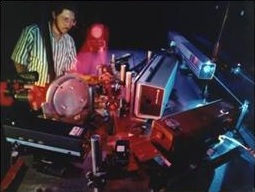
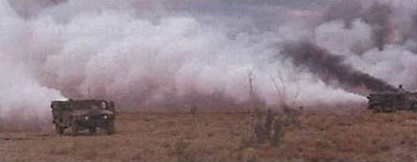
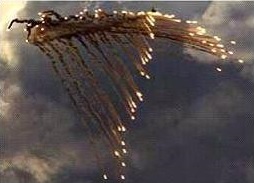
Seismic
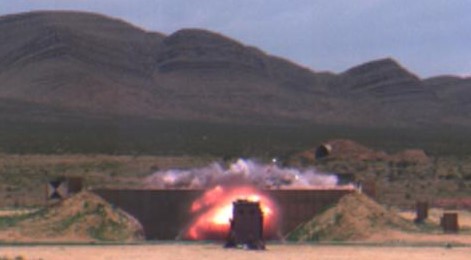 Weapon testing at WSMR provides an opportunity for seismic sensors to detect a wide range of weapon impacts blasts and correlate TSPI data for sensor evaluation.
Weapon testing at WSMR provides an opportunity for seismic sensors to detect a wide range of weapon impacts blasts and correlate TSPI data for sensor evaluation.
Large unit personnel testing and training exercises, combined with an extensive road network, provide opportunities for seismic detection of personnel and road vehicles under varying conditions.
A wide variety of terrain, such as mountains and caves, and geology ranging from gypsum dunes to granite is available.
The large size of WSMR provides the opportunity to isolate a test area from seismic inputs. Seismically stable areas provide a predictable test environment.
Advanced Inertial Test Laboratory (AITL). The AITL is located at Holloman AFB and operated by the 746th Test Squadron. The AITL is a one-of-a-kind, seismically quiet test facility for testing ultra sensitive inertial navigation instruments and optical systems and is one of the most seismically quiet test facility in the world. Other sensors and systems requiring seismic isolation may also be tested or calibrated in the AITL. The National Geospatial-Intelligence Agency (NGA) uses AITL to calibrate their optical and gravity instruments. NASA required that all the Hubble Space Telescope (HST) Rate Gyros rate gyros be low-noise characterized in the AITL facility as part of flight qualification before being installed in the Hubble Space Telescope. Each test cell inside the building contains a seismic isolation pier and a temperature controlled environment. The facility contains four of these isolated test cells each with an azimuth reference device to align test table primary axes to within 1.0 arcsec. The quiescent seismic activity recorded on these isolated test piers are typically between 10 and 100 nano g2/Hz. One test cell has an absolute gravity survey mark for calibrating gravimeters. Each seismic pier is 10 ft wide by 20 ft long by 2 ft deep.
Acoustic
WSMR's vast distances combined with isolated test areas can provide acoustically benign test environments. The controlled airspace can limit exposure to aerial noise sources. The nationally unique Aero-acoustic Research Complex can measure the acoustic signature of aerial targets.
